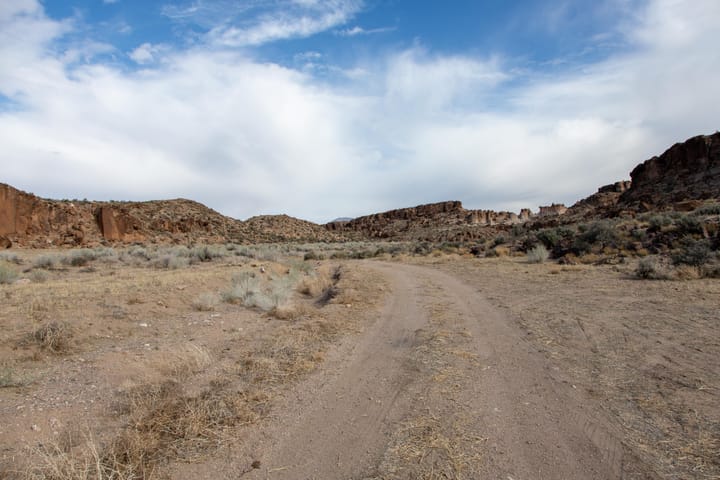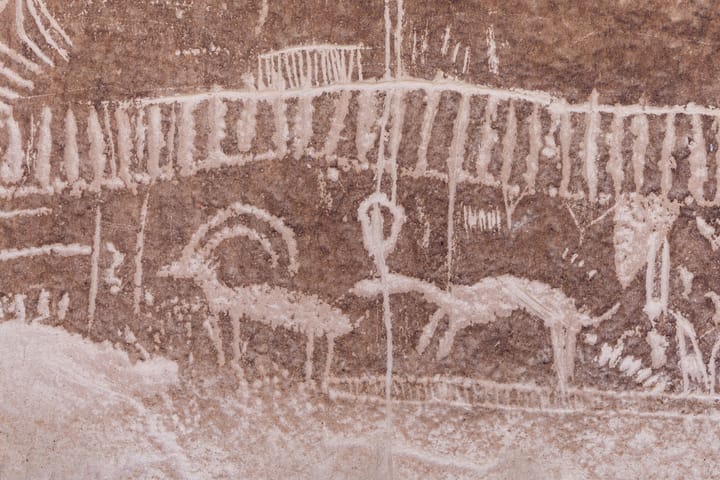This was a modern gold and silver mill out in Eastern Nevada. It had been on operational stand-by for the last few years and was last operated by the Standard Slag Company.
Read next

Pocketed Rocks Petroglyphs
Unlike the dramatic canyon walls at White River Narrows a few miles away, the rock art at Pocketed Rocks requires more careful exploration. The petroglyphs are more scattered here and, more interestingly, on unusual volcanic tuff formations surrounding tinajas (natural rock basins).

White River Narrows Petroglyphs
White River Narrows is an ancient gallery etched into the volcanic landscape of eastern Nevada, containing one of the largest concentrations of prehistoric rock art in the region. The winding canyon was carved by the White River during the Pleistocene Ice Age (2.5 million to 11,700 years ago)

